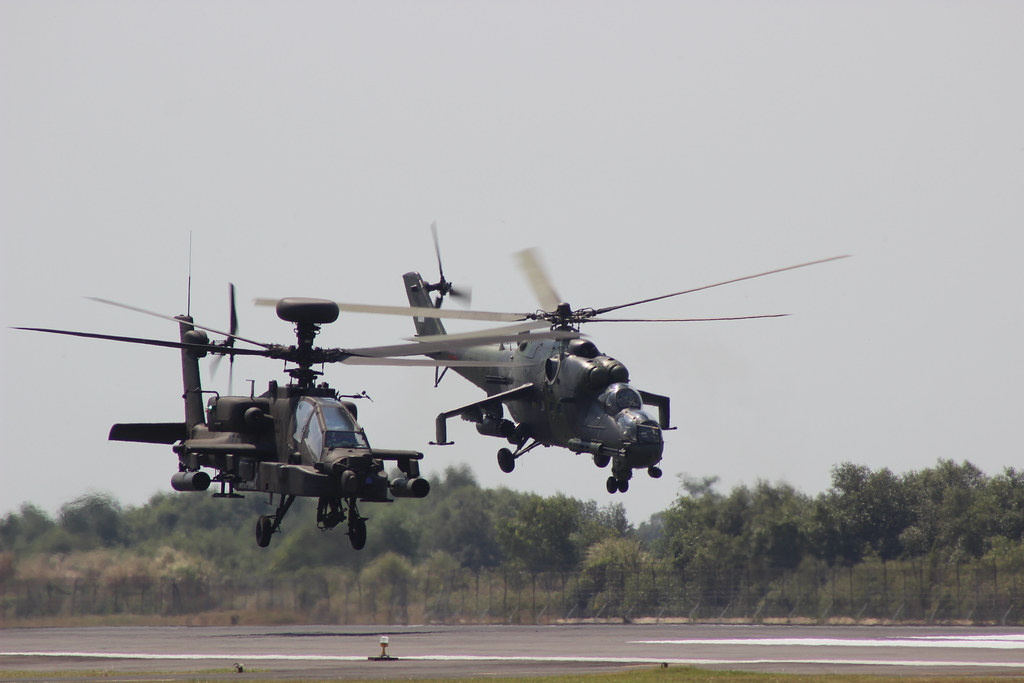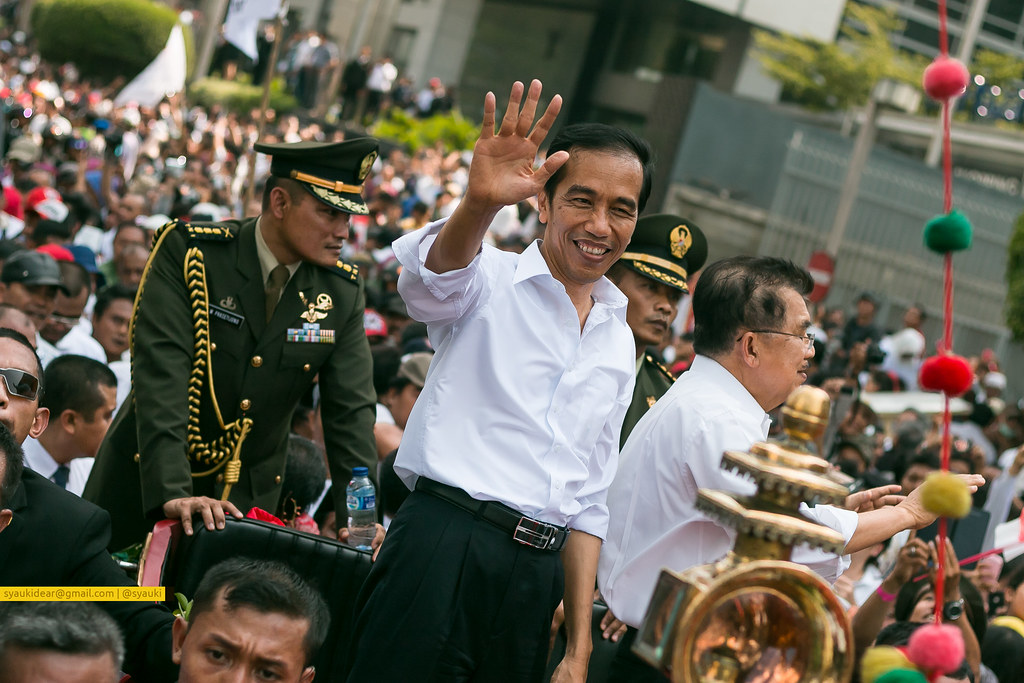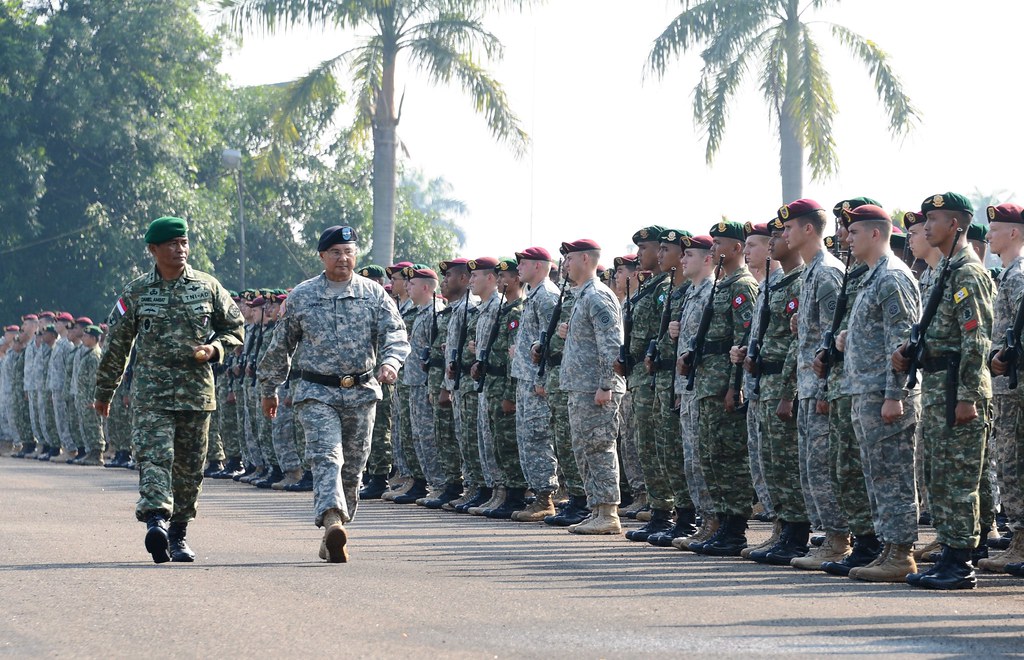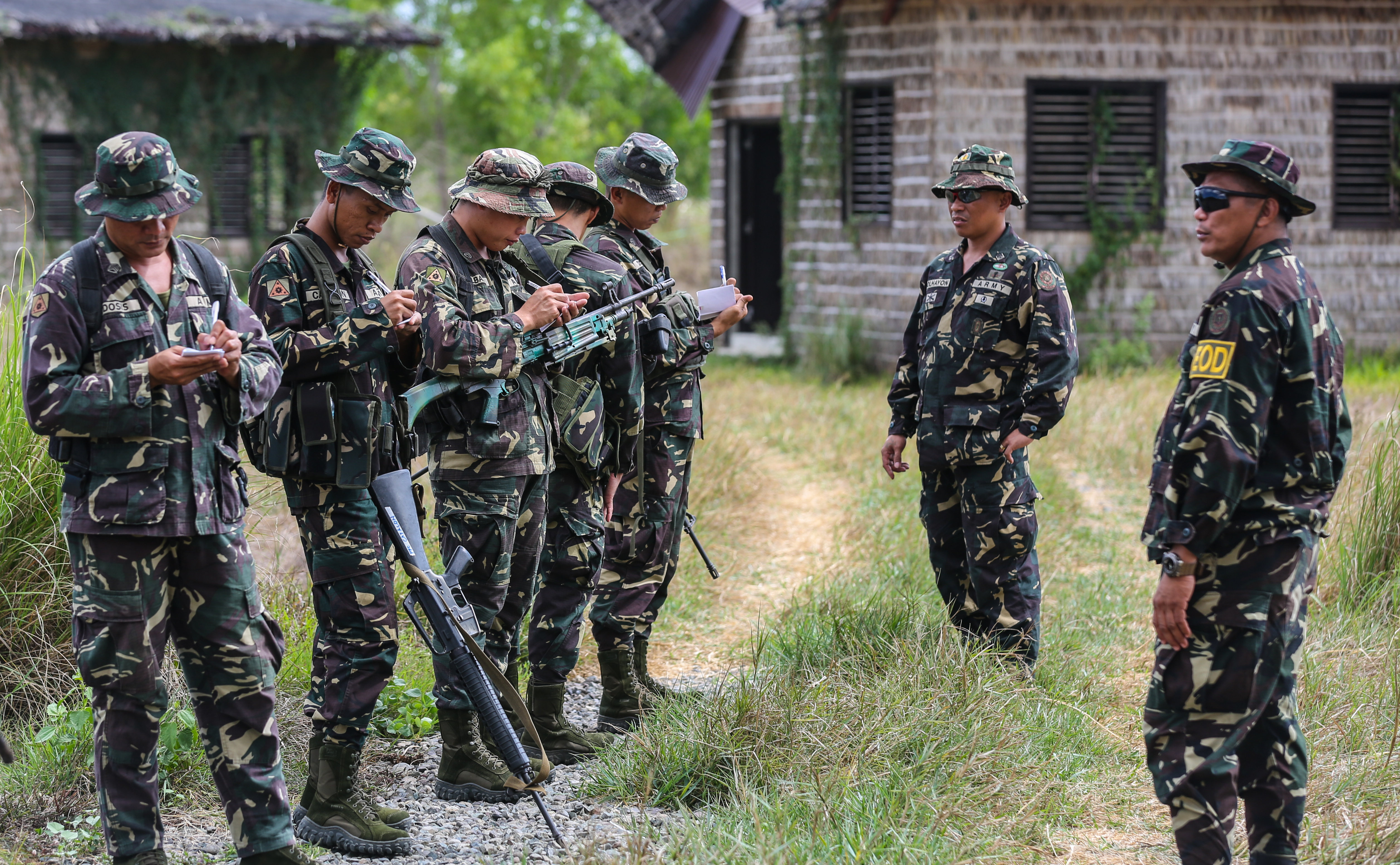
On 25 April, separatists in Papua shot dead Indonesia’s head of intelligence for the restive region. Brig.-Gen. I Gusti Putu Danny Karya Nugraha was killed during a roadside ambush on his convoy in the remote Puncak regency, making him the most senior military official to be killed in the conflict over Indonesia’s easternmost territory. The West Papua National Liberation Army (TPNPB)—which has battled for independence since Jakarta annexed the region in a flawed referendum in the late-1960s following the end of colonial rule by the Netherlands—claimed responsibility for the attack.
Indonesian president Joko Widodo was quick to respond. In a televised statement on 26 April, the day after the ambush, he appeared alongside security chiefs and ordered the police and military to ‘‘pursue and arrest’’ armed rebels in an intensified crackdown. Indonesia has often been accused by human rights activists of deploying heavy-handed tactics and discriminating against Papua’s native Melanesian population, who are predominantly Christian—a minority in a Muslim-majority nation. Yet rebels have also been linked to atrocities and have killed teachers and road workers in attacks.
Indonesia deploys troops
Papuans are now braced for more violence. It was reported in May that Indonesia had deployed an additional 400 troops to Papua, from the battle-hardened 315/Garuda battalion. Its soldiers gained the nickname ‘‘Satan troops’’ after involvement in past conflicts in East Timor, but army spokesman Brig.-Gen. Prantara Santosa has insisted their deployment to Papua is just part of a routine rotation and that the personnel being sent are ‘‘trained infantry troops, not special forces’’. The military has 7,000 troops in the region, while an additional 1,200 police officers have been deployed since April.
Indonesia’s national police intelligence chief, Paulus Waterpauw, told Reuters in an interview on 21 May that efforts to tackle the insurgency would be co-ordinated through a task force established in 2018, known as Operation Nemangkawi, which aims to ‘‘wipe out’’ armed rebels in Papua’s Central Highlands region—where they are strongest due to knowledge of the remote, mountainous terrain. Since the April ambush, the government has also moved to formally designate Papuan rebel groups as ‘‘terrorists’’, permitting authorities to detain suspects for up to 21 days without charge. However, it is understood the elite police counter-terrorism unit, Densus 88, has not been deployed to Papua.
Fear of military atrocities
Leaders of the separatist movement fear that a renewed crackdown will be accompanied by human rights abuses. Benny Wenda, a long-time figurehead of the Papuan liberation struggle, living in exile in the United Kingdom, recently described resistance as ‘‘legitimate and necessary’’, and called for a dialogue to resolve the conflict. In his words, independence advocates consider Indonesia’s rule ‘‘an illegal invasion and occupation’’ and view separatist forces as battling to ‘‘expel an illegal colonizer’’.

Indonesia has launched a firmer clampdown on such political expression since the April ambush. On 9 May, police detained high-profile activist Victor Yeimo and charged him with treason for calling for a referendum on Papuan independence. Human Rights Watch has documented 43 similar arrests of activists or protest leaders since pro-independence street demonstrations erupted across the region in August 2019, which saw large-scale civil unrest in cities such as Jayapura, Manokwari, Sorong and Wamena. Several activists have received lengthy prison sentences despite not partaking in violence.
In April, United Nations human rights spokeswoman Ravina Shamdasani told reporters of ‘‘credible reports of excessive use of force by the military and police’’ in Papua including ‘‘extrajudicial killings, arbitrary arrests and the detention of indigenous Papuans’’. Human Rights Watch Asia Director Brad Adams, meanwhile, recently warned Indonesia to ‘‘ensure that all security force operations in Papua are carried out in accordance with the law and that peaceful activists and civilians are not targeted’’.
An internet blackout in parts of Papua since the April ambush have compounded fears that a broad military operation is about to be launched. In provincial capital Jayapura, and surrounding regions—covering an area home to approximately 500,000 people—disrupted service and connectivity issues have been reported regularly in recent weeks. Jakarta has blamed the repeat outages on a damaged undersea cable though many suspect the authorities are trying to restrict media coverage of events.
Unresolved historical grievances
Sporadic clashes and displacement have been reported in Papua in May and June, in the absence of any desire for dialogue from Jakarta. At the other end of the Indonesian archipelago, in Aceh, rebels laid down their weapons in the 2000s, after talks with the government resolved a separatist dispute. Yet in Aceh, a smaller disputed territory, Islamist rebels proved easier for the government to engage and reach a settlement on autonomy. Papua, expansive and resource-rich by contrast, is considered an indivisible part of Indonesian territory by Jakarta while Papuan rebels demand full independence.

The region was annexed through a flawed 1969 vote—known as the ‘‘Act of Free Choice’’—in which only 1,025 Papuans hand-picked by the military were selected to cast a ballot. A proper referendum on independence in Papua, which had been promised by the outgoing Dutch colonizers earlier in the decade, was never held and accordingly the western half of New Guinea island—today the provinces of Papua and West Papua—became part of Indonesia. This remains the primary source of grievance.
In the five decades that have passed, in-migration of Muslims from elsewhere in the archipelago has altered Papua’s demographics and left indigenous Papuans feeling increasingly marginalized. Mining operations, and the arrival of multinational firms at the invite of Jakarta, are also a source of growing tension in Papua. Widodo hopes that over time, the building of roads and the provision of services in Papua will lead Jakarta to be viewed more favourably by locals and blunt support for separatism. Yet as recent attacks—like April’s ambush—demonstrate, Papua’s rebels won’t go down without a fight.
A version of this article is also published on Geopolitical Monitor.





















